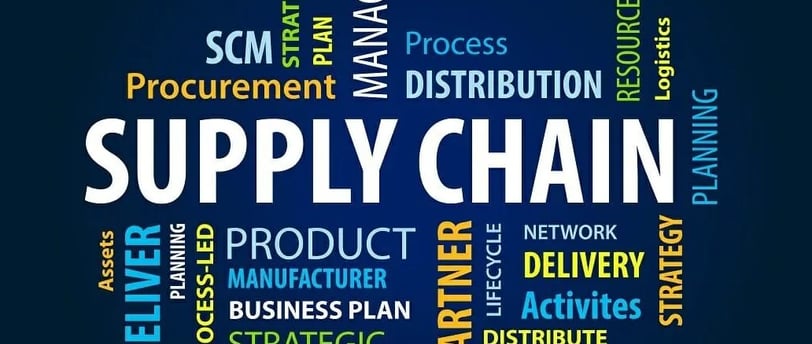StingrayLink: First Steps to Assess and Analyze Your Business's Supply Chain
Where to start? What to do?
Omar Rebaza
1/31/20242 min read


Understanding your supply chain is crucial for optimizing efficiency, minimizing risk, and ultimately, boosting your bottom line. For small and medium size businesses, this is more critical. But where do you start in this complex web of suppliers, production, and distribution? Fear not! Here are the first steps to take to assess and analyze your business's supply chain:
1. Map it Out:
Visualize the Flow: Start by creating a visual map of your supply chain. Include all stages, from sourcing raw materials to delivering the final product to your customer. Identify key partners, locations, and transportation modes.
Dig Deeper: Don't stop at the surface. Delve into each stage, noting lead times, inventory levels, costs, and potential bottlenecks. Understand your supplier relationships and their vulnerabilities.
2. Gather Data:
Numbers Tell the Story: Collect relevant data points at each stage. This could include order processing times, delivery delays, defect rates, and inventory turnover. Utilize technology like Enterprise Resource Planning (ERP) systems for comprehensive data access.
Quality Matters: Assess data quality. Ensure accuracy and consistency for reliable analysis. Cleanse and standardize data if necessary.
3. Analyze and Evaluate:
Identify Bottlenecks: Analyze your data to pinpoint areas causing delays, inefficiencies, or high costs. Look for trends and patterns to identify root causes.
Performance Measurement: Define key performance indicators (KPIs) to measure your supply chain's effectiveness. Examples include on-time delivery rates, inventory turnover ratios, and overall cost per unit. Track and monitor these KPIs over time.
4. Prioritize and Action:
Focus on Impact: Don't try to fix everything at once. Prioritize the bottlenecks and inefficiencies with the biggest impact on your business. Address the high-value issues first.
Develop Action Plans: Create actionable plans to address the identified problems. This could involve diversifying suppliers, negotiating better terms, or implementing new technologies. Set clear goals and timelines for improvement.
5. Continuous Improvement:
Never Stop Learning: Supply chain assessments are not one-time events. Regularly revisit your analysis and data, incorporating new information and adapting your strategies.
Embrace Flexibility: Be prepared to adjust your approach as your business and the external environment evolve. Agility is key to staying ahead of the curve.
Remember:
Collaboration is Key: Engage different departments and stakeholders in the assessment process. Their diverse perspectives are valuable.
Seek Expert Help: Consider seeking guidance from supply chain consultants or technology providers, especially for complex assessments.
By taking these initial steps, you will get a grasp of where to begin and identify early areas of opportunity. for your supply chain. Remember, a well-functioning supply chain is a competitive advantage, driving efficiency, resilience, and profitability for your business. Economic storms are always lurking, strong footing is a must-have.
